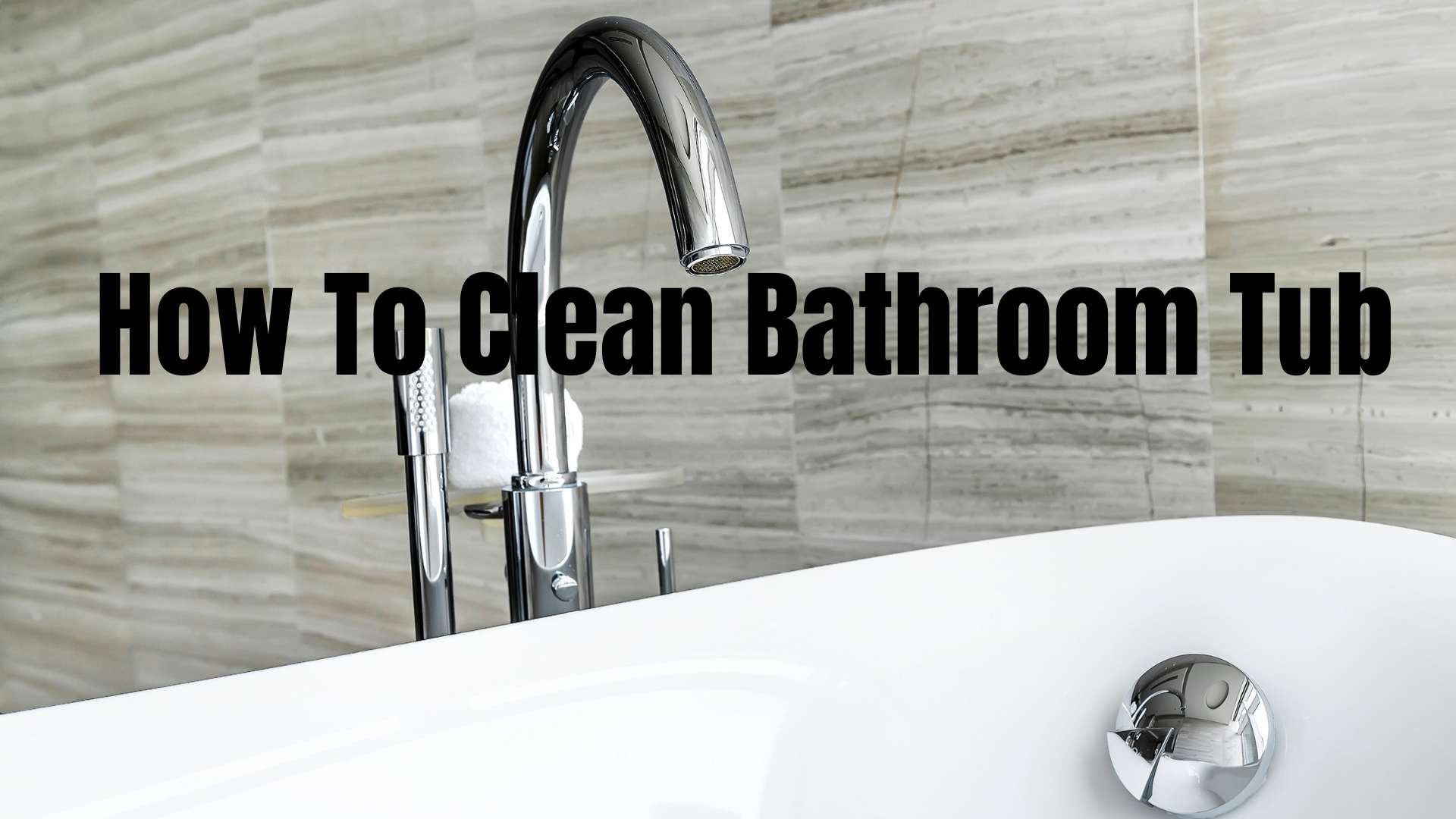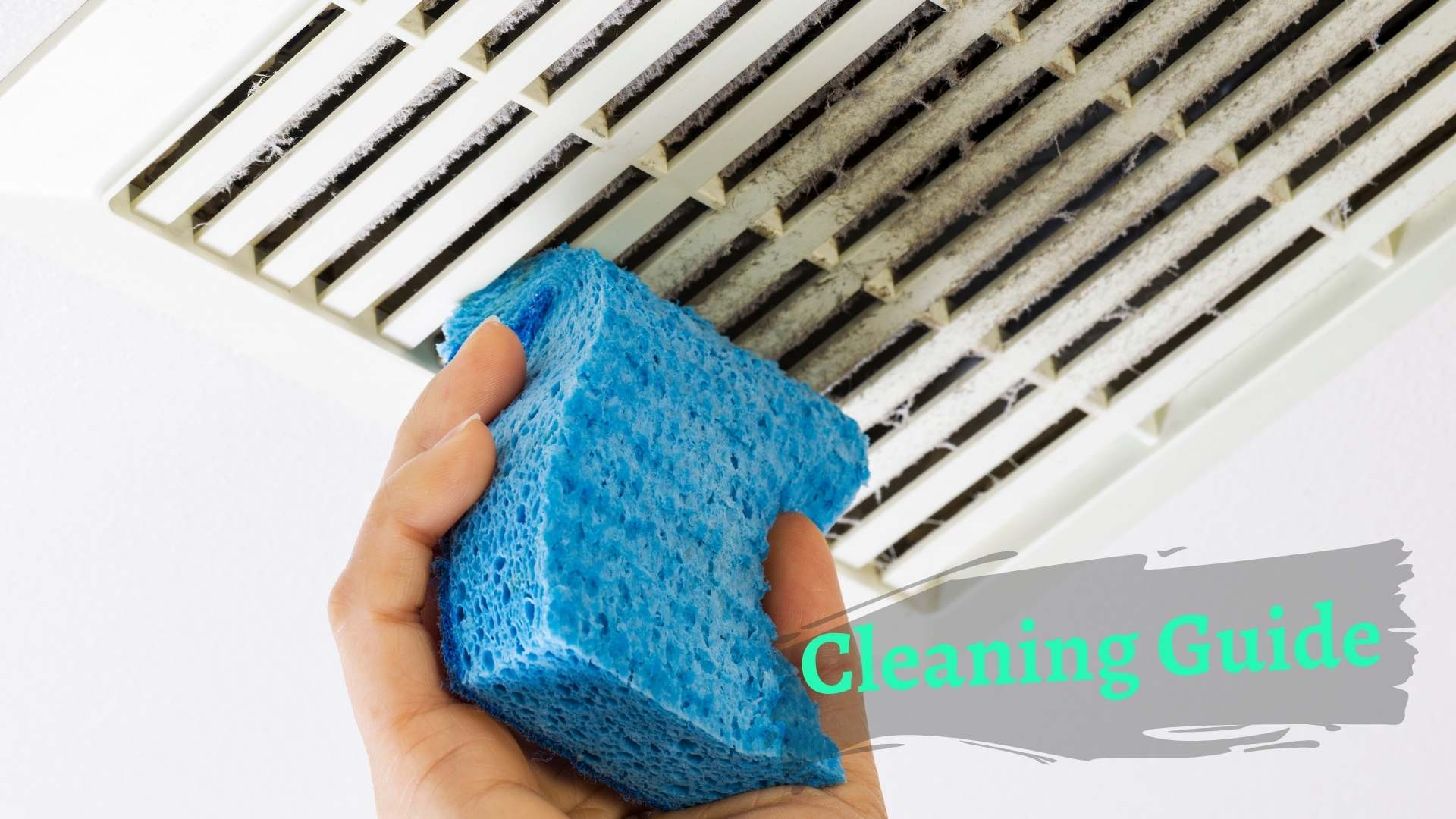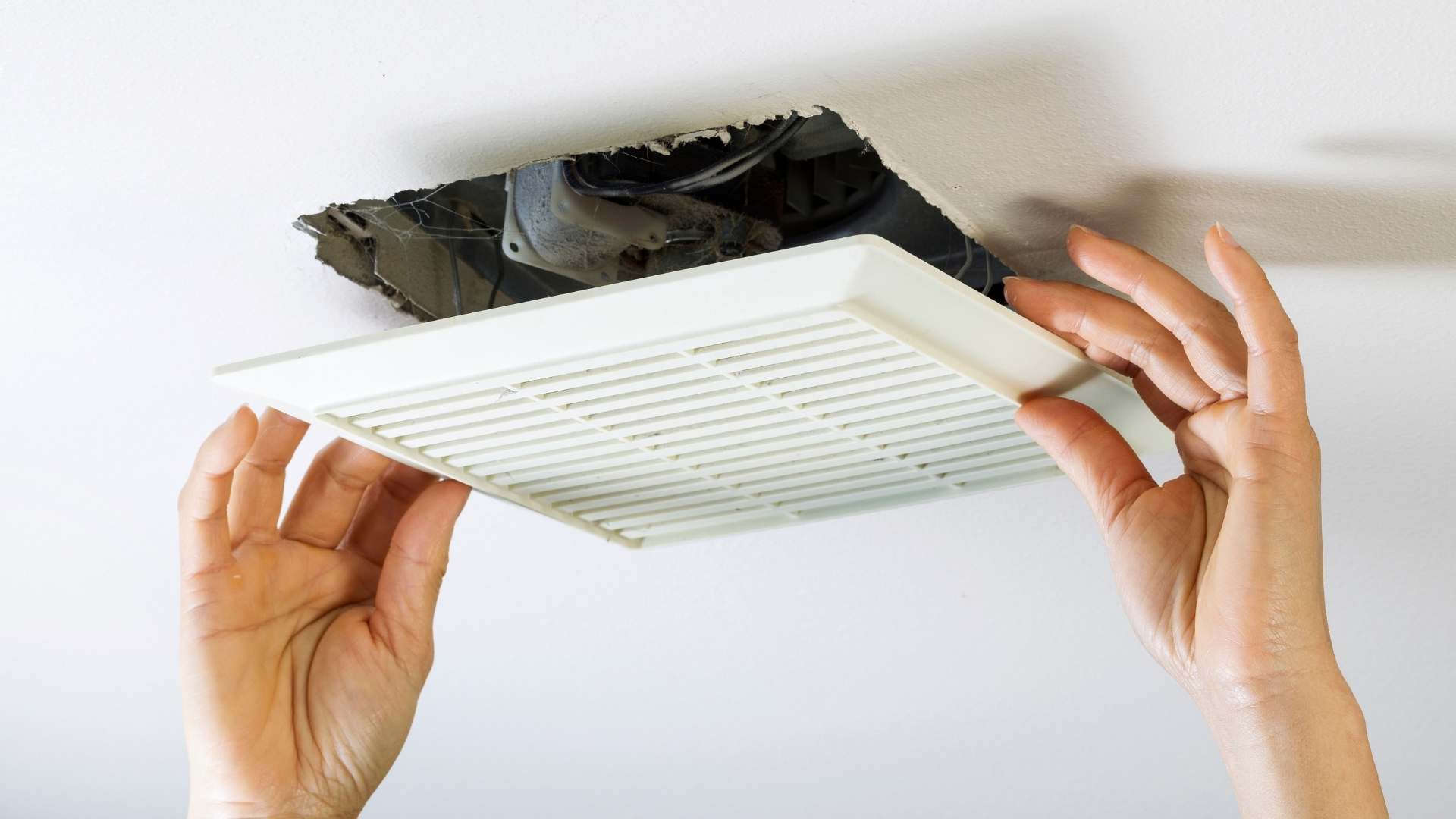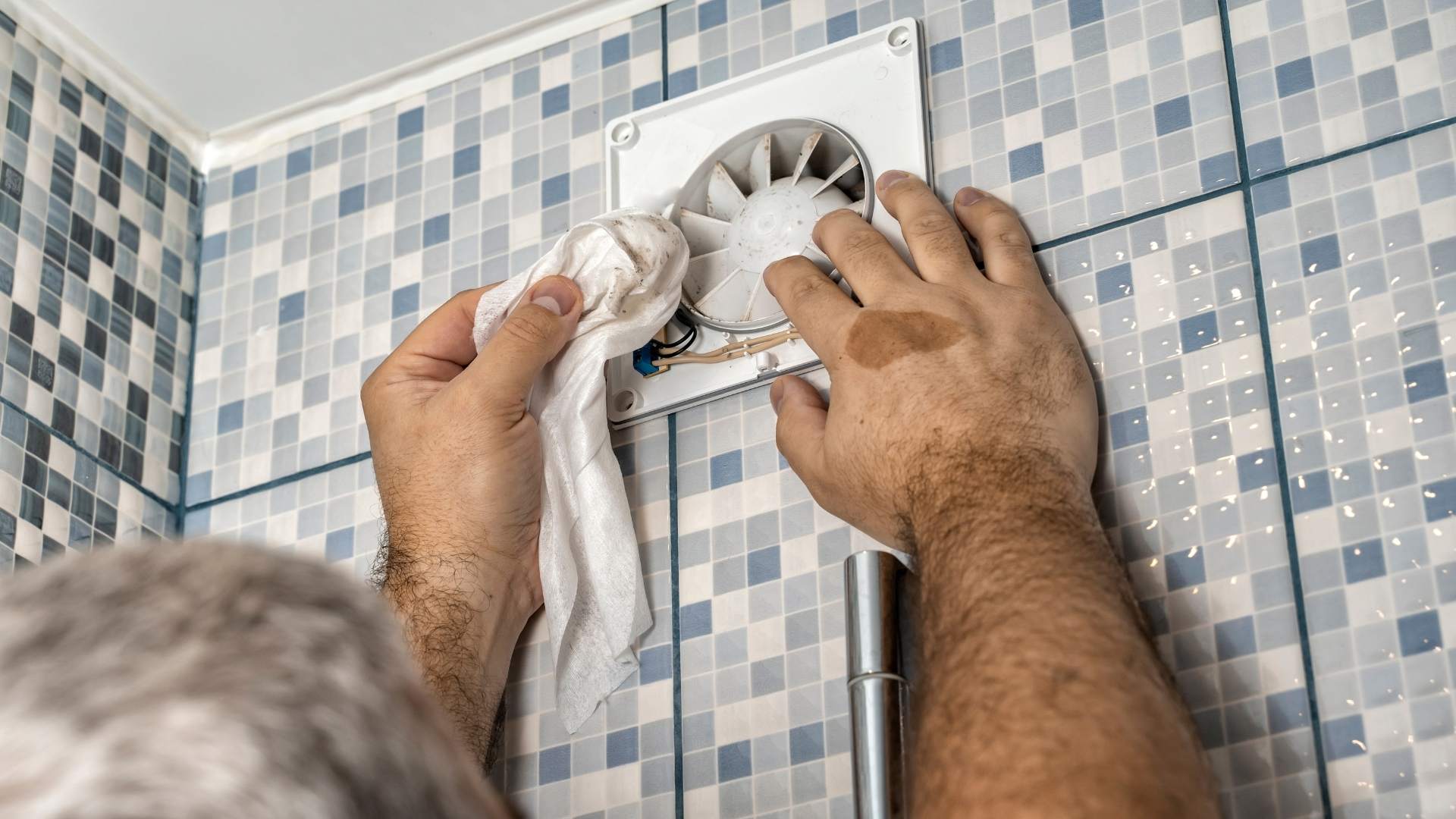What Is A Floating Floor | Pros and Cons Of Floating Surfaces
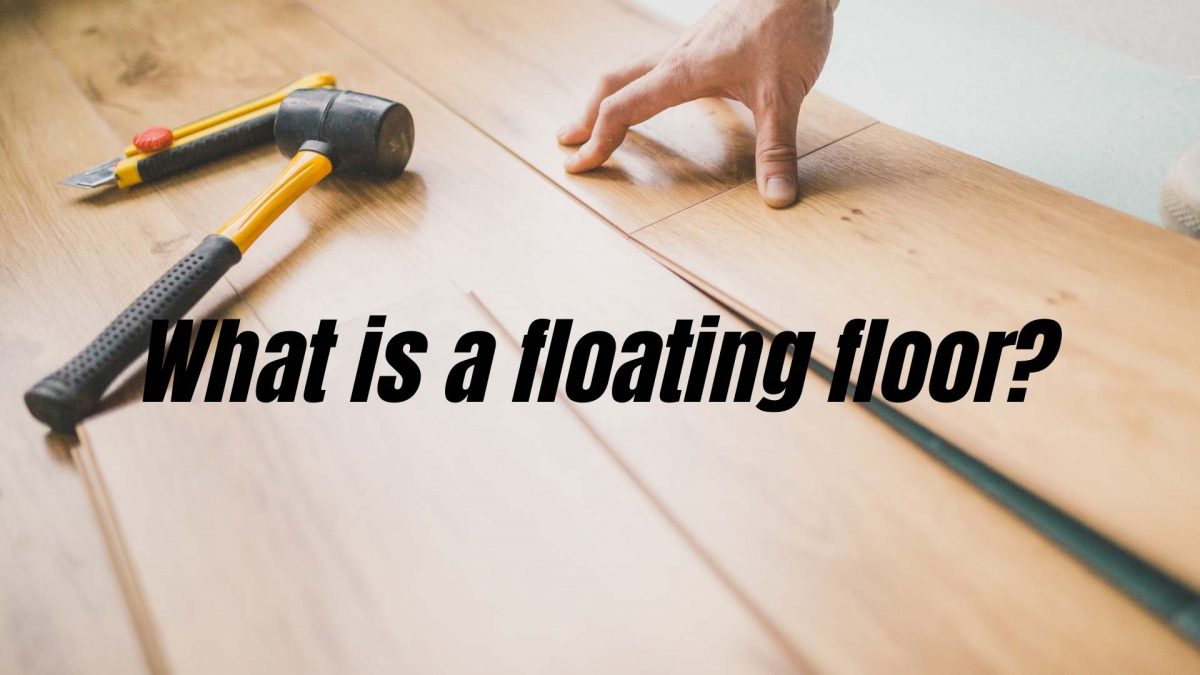
If you ever want to think, “What is a floating floor?” But you are in the right place! This method of laying the floor is the same for DIY-ers and professionals.
We often wonder why floating floors are easy and cheap to install. They are even standard for all types of floor use. Moreover, they create eco-friendly floors, and as a result, they help to avoid harmful adhesives. They have many more advantages and disadvantages which we will discuss further below.
So: keep reading for the answer to the question “What is a floating floor”. Also, we will mention the disadvantages and advantages of this type of installation, what kind of flooring can be installed as a floating floor. And you will know if floating floors are suitable for you!
What is a floating floor?
What exactly is a floating floor? The first and foremost term “floating floor” refers to an installation style rather than a specific product. In other words, almost any type of flooring material can be installed as a floating floor with few exceptions.
However, you would think that the floating floor is floating. But let the floating floor rest on top of your subflooring and make it as cool as possible. These do not need to be glued or nailed.
How is the floating floor placed?
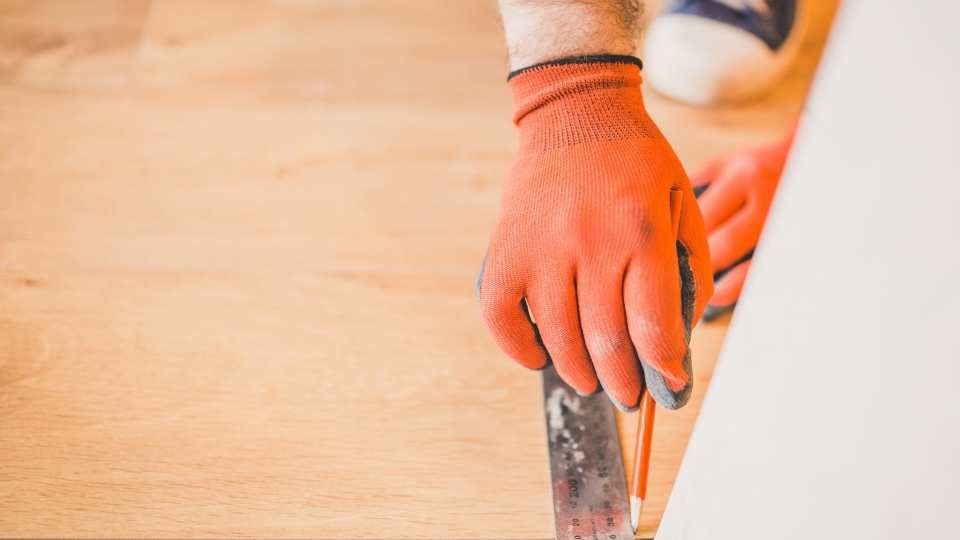
You can glue it down to the floating floor. However, most of the time, they hold the hand of the omnipotent force of gravity and friction.
To understand what a floating floor is, you have to understand the click-together floor. Now imagine making them look like a high-tech jigsaw puzzle since snap-lock or click-together floor planks are connected through fitting rivets and interlocking grooves.
Click-together spreads the entire floor of the planks together, resulting in the friction of the connections and the weight of the surface keeps the foundation in place.
Oh Voila! It is “floating” above the subfluoride.
When you install it floating floors, then create some simple floors so you can snap them together.
And, of course, if you make a mistake, there is no need to staple or pluck nails in frustration. Remove these to try again!
Note: If You Want To Learn More About How To Clean LVP Floor?, Read Here
Floating floor vs. non-floating floor: What are the differences?
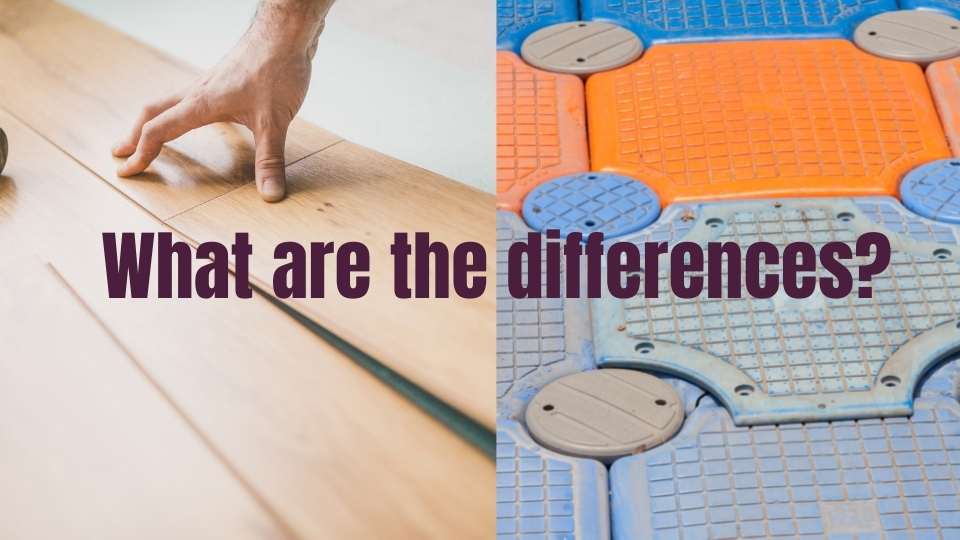
Since many types of flooring come in both non-floating or floating types, the only significant difference is how they are installed.
Nail-down floors are nailed to underlayment or subfluoride (puffy!). And it may give them some advantage, but it is also harder to remove and install them.
The main-down floor is kept the same but is usually preserved on light floors such as soft or vinyl (s) hardwood.
Adhesive-Bottom floors are sometimes treated with harmful chemicals and adhesives to attach them to the subfloor.
So recovery: what is the focus keyword? It does not rely on any fastener glue, nails to attach to the floor subfloor (a style of laying the floor). Only friction or gravity!
Types Of Flooring Used With Floating Floor Systems

Types Of Flooring Used
Now it’s time to think about what kind of flooring is used with it, and you are going to understand the floating flooring system. You will need padding, so the carpet is not an option, but you may be surprised to see the compatibility of other styles (let’s see).
Tiles
Tiles are a unique choice in almost any home, especially the kitchen or bathroom. Unfortunately, you prefer porcelain or ceramic tile; however, it may not be an option with floating flooring systems. Only your subfloor will need to be connected, as is done with natural stone tiles. The same thing applies with VCTs, although luxury floating tiles are often considered floating floors.
Luxurious Vinyl and EVP
The vinyl slab flooring consists of almost all luxury vinyl floors and floating classes used with this type of installation method. And the click-lock nature of these boards makes the system so popular. Do you know the reason? This means that there are other vinyl and EVP variants with locking edges. If you want to install tile or vinyl plank floors with pre-attached pads, this is part of a floating floor system.
Laminate
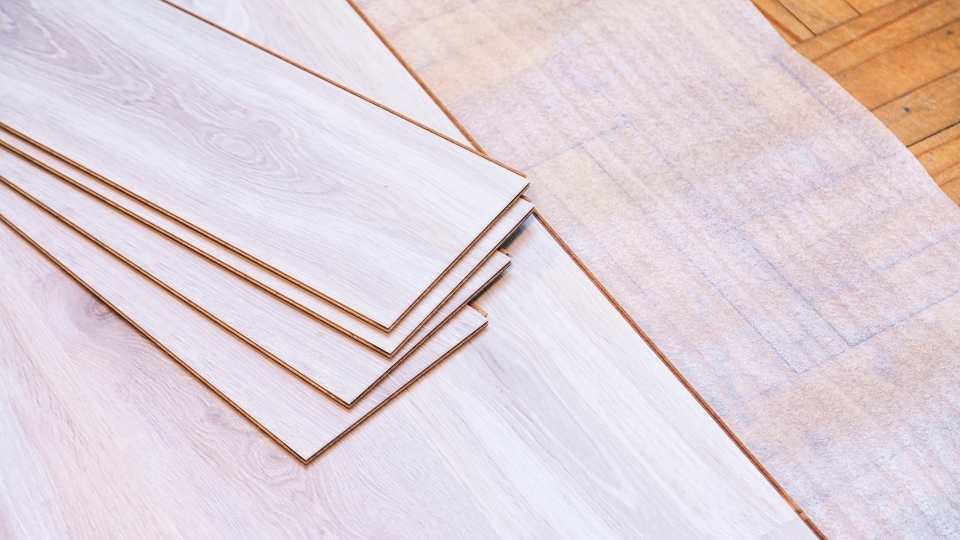
Homeowners want another popular floating laminate floor with them. There are a few exceptions except that it is the best style for this type of installation. However, some companies made laminates that were nailed, and others needed to be glued to those ends. Your floor will still be “floating” later, and it can’t be separated.
Hardwood
With engineered hardwood floors, it depends on the brand, and most of the manufacturers use the method for installation according to the commentary of lots of compilations. So these click-lock planks are popular in this category. However, these glue or nail options are available. Nails are needed to control floating floors (along with hardwood floors).
Pros and Cons of floating surfaces
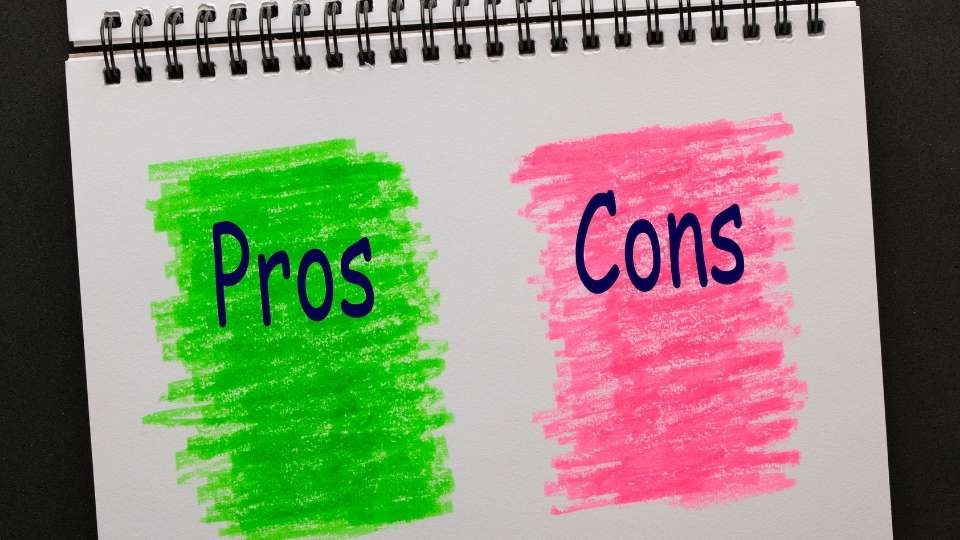
Several professionals order to choose a floating installation over a standard installation, and that includes:
Pros
Cost-effectiveness: Since you do not need to remove the existing floor, you can eliminate the need for expensive floor removal time dependent.
Versatility: Your subfloor component will create no problems for floating installation. Whether your subfloor is concrete or plywood, a floating floor can be installed easily and quickly. You can also swim on existing tile, vinyl, or hardwood floors.
Floating floor cost-effectiveness
Quick installation: Interlocking floating systems require less assembly time which is convenient for professional or DIY installation.
General Installation: This is not like any of your traditional methods, and even these floating floor installations do not require any special skills and tools. You can install this floor on your own if you want and save money on labor.
No glue: A grooved design or tongue flooring eliminates the need to use and purchase the bond. It can even reduce your post-installation ventilation requirements and reduce project costs.
Easy replacement: If a particular plank is damaged or damaged, you can remove it and replace it with minimal hassle. Although proper care in quality floor replacement can help prevent requirements. But floating materials are easier to remove than individual boards.
Flexibility: Floating floors will provide the space needed for contraction and expansion in areas where humidity is a concern.
Note: If You Want To Learn What is a coffered ceiling? | Consideration | Installation, Read Here
Cons
Potential for wear: It can be designed not to give floating sand, and materials made for installations can be thin. These increases wear in extremely high traffic areas. Even if you want a floating floor, it can be convenient to make sure not to arrange excessive foot traffic in the installation area and choose a dense material.
Sound Probability: Some materials can create a hollow sound in the floating state even though there is no proper underlayment. It would be wise to employ a soundproofing underlayment to avoid noise problems on the floating floor. However, choosing a wide blade size to reduce noise.
While this helps to weigh the curiosities and benefits of a floating installation, it may not work for you, so the most beneficial way to make a decision is to talk to a floor professional.
Q: What is a floating floor?
Is the floating floor suitable for you?
A floating floor can be a good choice if you are on a budget or a DIO. These products are usually easier to install or even less expensive than comparable nail-down or glue-down floors. Luxury vinyl is a good premium material that does not compromise real estate prices and is considered the cheapest in appearance and performance.
Look for quality floating floor materials on 50 floors
Floating flooring combines quality flooring with convenient installation to get the desired effective results you want. However, on the 50th floor, we take care to provide this same quality or convenience. We also offer a free, in-house appointment, allowing you to browse flooring patterns from the comfort of your own home. Compare ways with your lighting or decor to choose from different floating floor designs.
The last thing we can say is that our experts equip you to make an informed decision from flooring style to installation type. For competitive quality and affordable customer service, you can schedule your free consultation today!
IF YOU LIKED THIS POST, CHECK OUT THESE SIMILAR TOPICS:
How To Clean Floor Fan Blades
How To Paint Tile Floor

